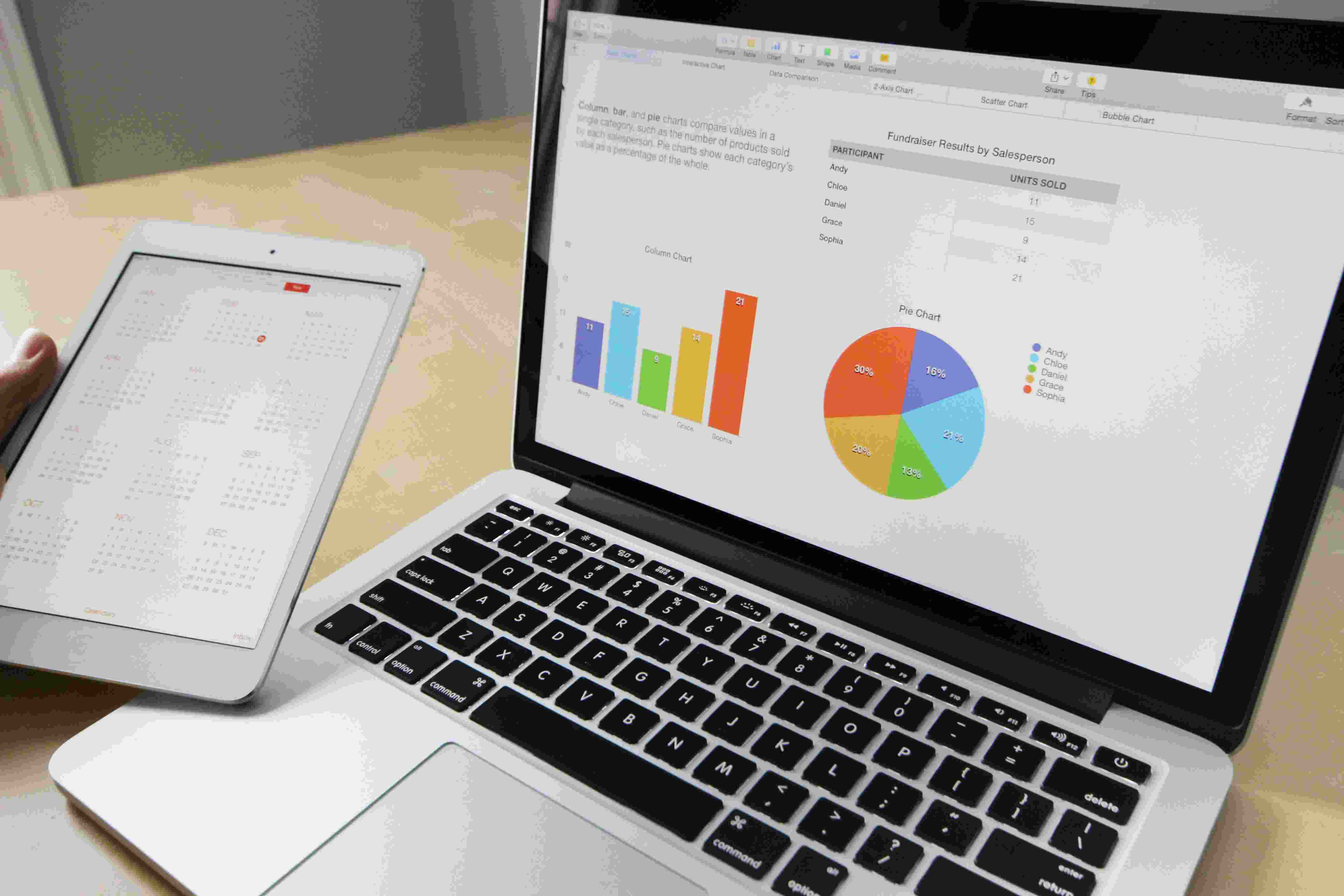The course on Macroeconomics is meticulously designed to provide students with a comprehensive understanding of the fundamental principles governing economies at large. The curriculum follows the CBSE guidelines and incorporates NCERT content, ensuring a robust, standardized education. This course aims to prepare students for advanced studies in economics and successful careers in various economic fields.
What You'll Acquire:
- Core Economic Knowledge: Gain a solid understanding of key macroeconomic concepts, including economic policies, national income, and global economic interactions.
- Analytical Skills: Learn to analyze economic data, understand economic indicators, and interpret financial trends.
- Critical Thinking: Develop the ability to critically evaluate economic issues, policies, and their impacts on the economy.
- Policy Understanding: Understand the role of government in the economy, including fiscal and monetary policies, and how they affect overall economic health.
- Structured Curriculum: Follow a well-organized curriculum aligned with NCERT standards to prepare for higher education and professional opportunities in economics.
Who Can Learn: This course is ideal for:
- Recent Graduates: Students who have completed their 10th grade and are looking to specialize in economics.
- Aspiring Professionals: Individuals aiming to build a career in economic analysis, policy-making, or financial sectors.
Comprehensive Curriculum Featuring:
Part I Fundamentals of Macroeconomics
Chapter 1: Introduction
This chapter provides an overview of macroeconomics, explaining its importance and scope. It introduces fundamental concepts such as aggregate demand, aggregate supply, and the various macroeconomic goals like growth, stability, and equity.
Chapter 2: National Income Accounting
This chapter covers the methods and importance of measuring national income. It explains concepts such as Gross Domestic Product (GDP), Gross National Product (GNP), Net National Product (NNP), and the differences between nominal and real GDP. The chapter also discusses the income, output, and expenditure approaches to calculating national income.
Chapter 3: Money and Banking
This chapter delves into the role of money in the economy, the banking system, and how monetary policy is formulated. It explains the functions of money, the process of money creation, the structure of the banking system, and the role of the central bank in controlling money supply and interest rates.
Chapter 4: Determination of Income and Employment
This chapter explores the factors that determine national income and employment levels in the economy. It discusses key theories such as the Classical Theory, Keynesian Theory, and the Aggregate Demand and Aggregate Supply model. It also covers the concepts of equilibrium in the goods and labor markets.
Chapter 5: Government Budget and the Economy
This chapter focuses on the government's role in the economy through its budget. It covers the components of the government budget, including revenue and expenditure, and explains fiscal policy, budget deficits, and public debt. The chapter also discusses the impact of government budget on economic stability and growth.
Chapter 6: Open Economy Macroeconomics
This chapter examines the economic interactions between countries. It covers concepts such as balance of payments, foreign exchange markets, exchange rates, and the impact of trade policies. It also discusses the role of international financial institutions and the effects of globalization on the economy.
Exclusive Resources and Materials:
- Interactive Lectures: Engage in dynamic video lectures to enhance your understanding of macroeconomic concepts.
- Subject-Specific Assignments: Develop analytical and critical thinking skills through tailored assignments.
- Multiple Choice Questions (MCQs): Reinforce your knowledge with a series of MCQs.
- Short Q&A Sessions: Participate in Q&A sessions to clarify doubts and deepen your understanding.
- Comprehensive Study Material: Access extensive study materials to support your learning journey.
Your Gateway to Economic Excellence:
This course serves as your entry point into the world of economics. It aims to equip you with the necessary skills and knowledge to excel in the economic domain. Join us on this educational journey to become an economics expert.
Join Us in This Economic Journey:
Thank you for considering the Macroeconomics course. We look forward to embarking on this educational journey with you and helping you achieve your career aspirations in economics. See you in the course!






